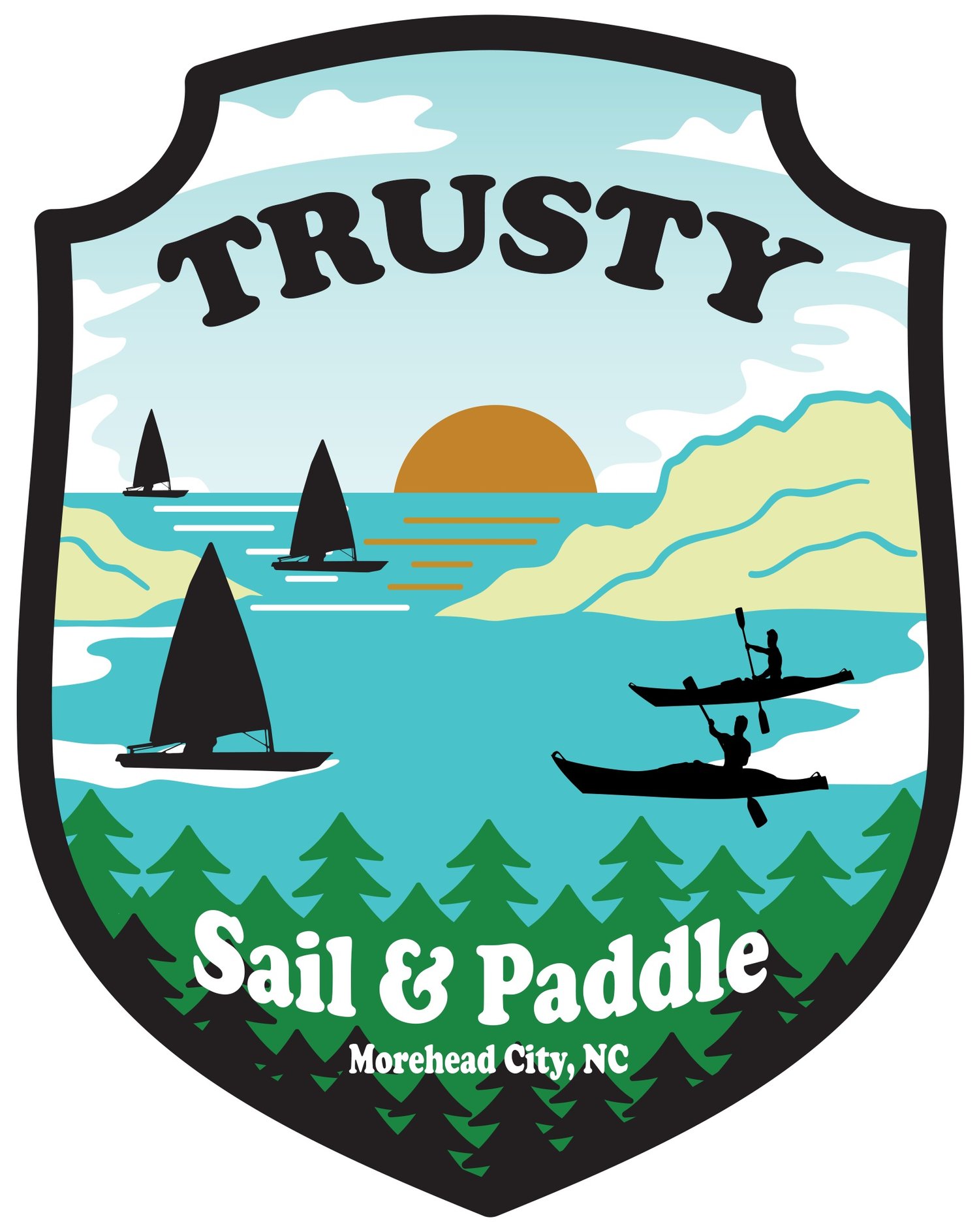Basic Gear List
This list serves as a reliable guide, ensuring preparedness without overcomplication for a day on the water.
Primary Gear:
Kayak
Paddle
Life Jacket
Skirt (While not mandatory, having one for open water with choppy or windy conditions is ideal.)
Communication Device
6-foot painter line (Rope or leash for tying off and wading.)
Weather-Appropriate Clothing: Planning is essential, and clothing will vary depending on the time of year. Here are some general recommendations:
Sun hoodie or fleece (Moisture-wicking and quick-dry fabrics are key for kayaking.)
Shorts or pants (Quick-dry material.)
Footwear (Flip-flops, sandals, or water shoes.)
Hat
Sunglasses with straps
Neck gaiter or buff
Rain gear
A good rule of thumb is:
80°F and up: Prepare for heat and harsh sun.
70°F to 80°F: Be ready for both warm and cool conditions.
60°F to 70°F: Prepare for cooler weather.
Remember, temperatures on the water require different preparation. A light rain jacket should always be included, regardless of the season or forecast.
Food and Water:
Water: The outdoor standard is one liter per hour in the field. While most won’t need that much unless it’s very hot, it’s wise to have at least 16 oz. per hour as a minimum, with a maximum of one gallon for the day. Regular water bottles are more than adequate, or use Nalgene bottles or hydration bladders.
Food: Everyone’s needs differ, but bringing snacks is always a good idea. Simple options like granola bars or leftovers work well, as kayaking burns calories, and having the ability to refuel is important.
First Aid: A small, basic first aid kit should suffice. Scrapes and cuts from coastal grasses, shells, or oyster beds are common. Ensure the kit also includes any personal necessities such as an EpiPen for allergies or insulin for diabetes.
Hygiene: One never knows when nature will call, so it’s best to be prepared.
Toilet paper/Baby wipes (Both are recommended.)
Menstrual products
Hand sanitizer
Navigation:
Map (Simply print the map and store it in a gallon-sized zip lock bag.)
Compass (While not mandatory, having a thumb compass for quick reference is always helpful.)
Phone with reliable navigation app (This can be as basic as using Google’s “My Location” or a paid app like Hunt On X.)
Communication:
Phone (A fully charged phone is typically sufficient. Bringing a small charging bank is recommended; having both is ideal.)
Radios are useful but require training and proper etiquette, so consider becoming familiar with their use before relying on them.
Call list (Pre-program important contacts into your phone.)
Trusty Sail and Paddle: 252-499-9911
US Coast Guard: 252-247-4598
Tow Boat US (Beaufort, NC): 252-728-5088
Emergency Response Services: 911 (as a last resort and often the slowest response)
A dry box or dry bag is a must if you plan to use electronics for navigation or communication.
Safety and Repair: While additional gear is always a smart choice, avoid falling into the “what if” trap. For a simple day trip, only the basics are necessary:
Whistle
Bandana
Sun protection (Sunscreen and lip balm.)
Insect repellent (Proper clothing is usually more effective than chemicals. Long sleeves and hiking pants made from quick-dry materials are ideal.)
Headlamp or flashlight
Multi-tool
Generic repair items (Gorilla/duct tape, 10 feet of paracord, zip ties.)
Simple cigarette lighter/fire kit (Wrap 18 to 24 inches of Gorilla tape around the lighter as part of the repair kit.)
Emergency blanket (A basic $2 Mylar emergency blanket is light, compact, and highly versatile.)
